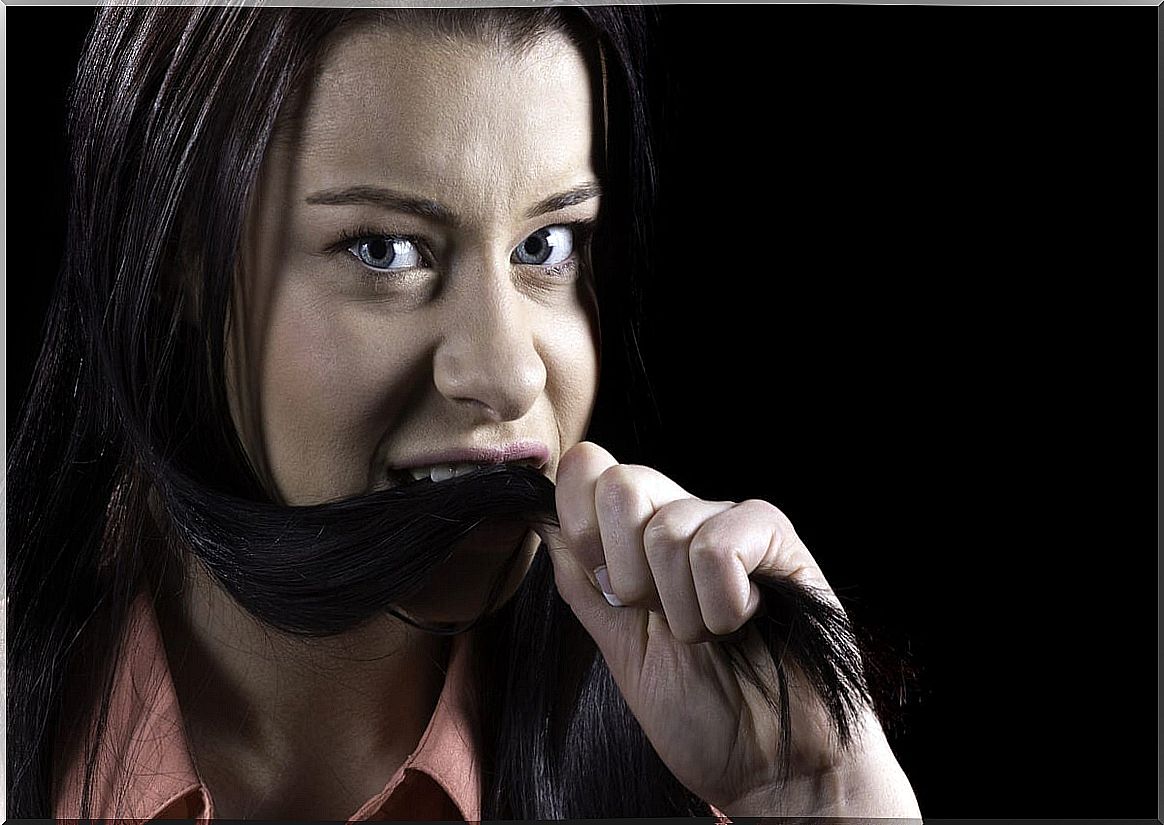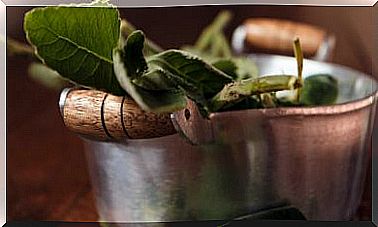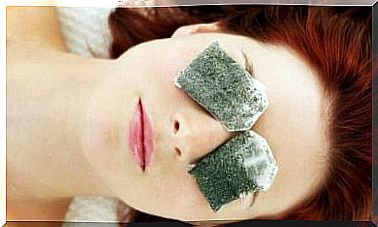Autocannibalism: Everything You Need To Know
Self-cannibalism is a form of cannibalism. This last term is used to refer to the fact of feeding on members of the own species. In autocannibalism, as its name suggests, what happens is that a person eats some part of himself.
Although rare, this situation has been used as a literary and cinematographic device numerous times. For example, in the novel “Hannibal” or in short stories by Stephen King. However, despite its low incidence, it does exist beyond fiction.
In fact, there are very common behaviors that are included within self-cannibalism, such as biting nails or eating hair. Therefore, in this article we explain everything you need to know and what its implications are.
What is autocannibalism?
Self-cannibalism is defined as self-eating. However, this definition is very long. Hearing this word we tend to imagine a person cutting off a piece of a member and devouring himself.
While it is true that this would be an example of autocannibalism, it is not necessary to go to that extreme for it to be defined as such. There are simpler and safer gestures that can also be included within the disorder.
For example, when a person bites their nails or plucks their hair and eats it. Self-cannibalism in its most extreme version is very rare. It is considered a mental disorder, although there are not enough documented cases yet.
How can it be presented?
Different forms of presentation of this disorder have been defined. Many types of self-cannibalism are considered repetitive, body-centered behaviors. These behaviors respond to the acronym BFRB, for Body-Focused Repetitive Behaviors .
They usually appear in response to anxiety or nervousness. This is how the TLC Foundation explains it , which states that more than 5% of the population shows some of these manias or gestures.
Although they are encompassed within self-cannibalism , the objective of these behaviors is not to self-harm or feed. On the contrary, it can even be conceived as a form of grooming. For example, people who bite their nails as a way to keep them short.
The problem is that, although it is not aggressive behavior, it can lead to complications. It is common for scars or infections to appear.

Most typical forms of presentation
We have pointed out that nail biting is considered self-cannibalism. This behavior is called onychophagia . It is an uncontrollable impulse that notably damages the aprons. It can even reach the total removal of the nail.
Trichophagia consists of the compulsion to eat one’s hair. Colloquially called Rapunzel syndrome . It is a pathology with consequences, since the hair is not digested in the digestive system and can lead to intestinal obstruction.
Lastly, dermatophagia is the action of eating the skin. In most cases the skin is pulled off the fingers or hands. The problem is that this poses a significant risk of infection.
Why does autocannibalism appear?
A study published in Australasian Psyquiatry explains that there is a reported case in which self-cannibalism, in its extreme form, was detected in a young man who had no prior psychiatric problem. Nor had he used any substances. However, this is not usual.
The few documented usually appear in people with cognitive or consciousness alterations. For example, with severe intellectual disability or neurodevelopmental disorders. It can also occur in people who suffer a psychotic outbreak, either due to an organic disorder or due to the consumption of hallucinogens or excitators.
In the same way, it appears in the withdrawal syndrome, due to the great anxiety or concomitant frustration. People with self-injurious or sadomasochistic behaviors also resort to self-cannibalism.
Relationship with Lesch-Nyhan syndrome
Lesch-Nyhan syndrome, as Orphanet explains , is a very rare inherited disorder. It consists of an alteration in the metabolism of purines that leads to an excessive production of uric acid. As it is a hereditary disease linked to the X chromosome, it only manifests in males.
This is associated with intellectual disability, behavioral and neurological problems. It is related to self-cannibalism because these people tend to compulsively bite parts of their body. For example, a study published in the International Journal of Clinical Pediatric Dentistry shows how typical lesions on the lower lip or fingers are.
Treatment of autocannibalism
The treatment of autocannibalism depends on the form of presentation. Each case must be studied in a concrete way and a personalized approach must be sought.
One of the mainstays of treatment in almost all variants is therapy. The cognitive-behavioral type is used. It is one that tries to identify how thoughts affect behavior and mood. In this way, an attempt is made to train thinking to reverse certain habits or behaviors.

Other types of therapies
There are certain therapies, in addition to cognitive-behavioral, that can be used to treat self-cannibalism. For example, mindfulness or others that seek to control emotions and learn to relax. Even acupuncture or massage can be helpful.
Pharmacotherapy
Many cases of autocannibalism occur as a result of certain psychiatric disorders. For example, from anxiety or psychotic breakouts. Therefore, many of them benefit from the use of drugs.
In cases where self-cannibalism is related to obsessive compulsive disorder or anxiety, antidepressants may be used. The most used are fluoxetine and citalopram. If antipsychotics are needed, haloperidol and olanzapine are used.
Self-cannibalism encompasses different behaviors
Self-cannibalism can present itself in different ways. It ranges from biting nails or hair to eating the meat itself. The truth is that this extreme modality is very rare.
As an article published in The Journal of Nervous and Mental Disease points out , in 2015 only about 10 cases of extreme self-cannibalism had been described. In addition, most of them are associated with psychiatric disorders or drug use.
However, we must bear in mind that this disorder is real and that the milder forms of presentation are also important. Although they seem innocuous gestures, the act of biting your nails or hair can lead to serious complications.








